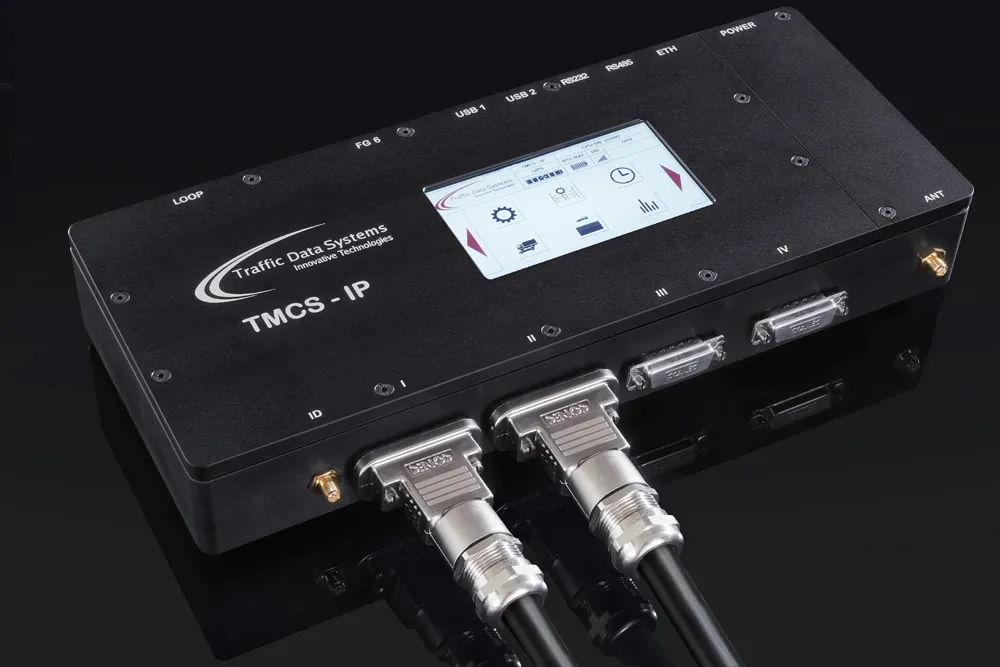The latest multi-function inductive loop vehicle detectors from intelligent transportation systems supplier Reno A&E are designed to reliably detect all vehicles, as well as differentiating cycles from all other vehicles. The Model C-1101-B and C-1201-B detectors are available in 170/2070, NEMA TS1/TS2, ITS and ATC cabinet configurations. The company claims both models allow the traffic engineer to detect and provide safe passage time for cycles without compromising the intersection’s operating efficiency.
August 2, 2013
Read time: 2 mins
The latest multi-function inductive loop vehicle detectors from intelligent transportation systems supplier Reno A&E are designed to reliably detect all vehicles, as well as differentiating cycles from all other vehicles.
The Model C-1101-B and C-1201-B detectors are available in 170/2070, NEMA TS1/TS2, ITS and ATC cabinet configurations.
The company claims both models allow the traffic engineer to detect and provide safe passage time for cycles without compromising the intersection’s operating efficiency.
Additional passage time for bicycles can be provided by either the loop detector or the controller. Cycles receive additional green time for safe passage through intersections, while minimum passage time for motorised vehicles is maintained.
The detectors provide two outputs per channel. The primary output provides ‘call’ outputs for all vehicles, including motorcycles and cycles. The primary output can be programmed for lane line ‘LL’ mode, which only outputs for cycles. The secondary output provides a single pulse for each bicycle. The company claims both models allow the traffic engineer to detect and provide safe passage time for cycles without compromising the intersection’s operating efficiency. This unique capability to identify bicycles from other vehicles allows the technician to program initial time and extension time in the detector for bicycles only, thus providing a safe passage time through intersections.
The Model C-1101-B and C-1201-B detectors are available in 170/2070, NEMA TS1/TS2, ITS and ATC cabinet configurations.
The company claims both models allow the traffic engineer to detect and provide safe passage time for cycles without compromising the intersection’s operating efficiency.
Additional passage time for bicycles can be provided by either the loop detector or the controller. Cycles receive additional green time for safe passage through intersections, while minimum passage time for motorised vehicles is maintained.
The detectors provide two outputs per channel. The primary output provides ‘call’ outputs for all vehicles, including motorcycles and cycles. The primary output can be programmed for lane line ‘LL’ mode, which only outputs for cycles. The secondary output provides a single pulse for each bicycle. The company claims both models allow the traffic engineer to detect and provide safe passage time for cycles without compromising the intersection’s operating efficiency. This unique capability to identify bicycles from other vehicles allows the technician to program initial time and extension time in the detector for bicycles only, thus providing a safe passage time through intersections.









